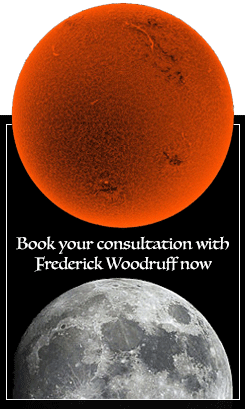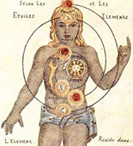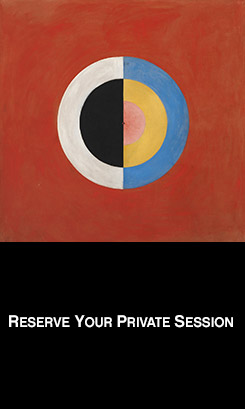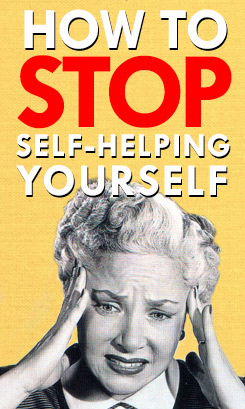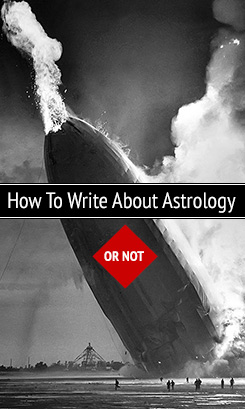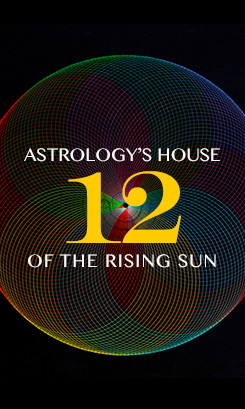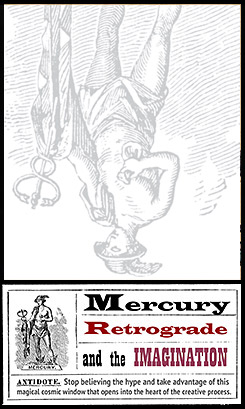Five Things You Need to Know About Saturn
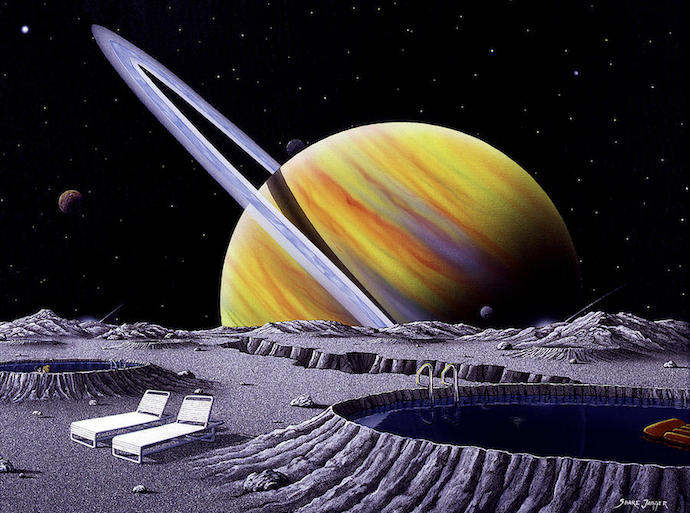
“The scientific theory I like best is that the
rings of Saturn are composed entirely of lost airline luggage.” –Mark Russell
Saturn has been on my mind this week. Or rather Saturn has been pinging me, tapping my shoulder and nudging my conscience, in the same way, most of us might experience Saturn — which is to say obliquely. From the corner of your eye, in the tractor beam of a projection or a dark figure in a dream.
Most of us have our eye, ear and heart tuned to the frequencies of the other planets and lights: Mercury (planning and conceptualizing), Venus (feeling what we want), Mars (getting what we want), Jupiter (persuing realities beyond the personal). The Moon – what poet Mary Oliver calls the soft animal of your body – is the fluid medium of consciousness and how our instinctive nature compliments the Sun’s ceaseless, live-giving radiance.
But with Saturn we’ve what psychologists call depression. If you tune out your conventional notions about depression and consider the condition in a different light, you will see something like this:
The writer Thomas Moore wrote that depression is an answer — a remedy — to manic hyperactivity, a frantic state reinforced by the constant buzz and hum of our info-glutted age. Feeling low and heavy we are forced to move inward and realign with the natural rhythm of our Earth-based bodies. It creates psychic space, a container for deeper reflection – where sensitivity increases and life events feel less threatening. In our bodies, we access the Earth’s wisdom to maneuver dilemmas. I mean, the Earth’s been doing just that for billions of years.
So when you have a moment this weekend, take some time and consider the following facts, pointers or articles related to Saturn. It benefits each of us to know, consciously, the only planet in the solar system that is associated with, not only lead but also diamonds.
1. Experiencing a Saturn return (first or second or — wow — third?) You’ll appreciate astrologer Leisa Shaim‘s stellar posts over on her Saturn Return Stories website. The term ‘Saturn return’ has become as enmeshed within popular culture as the term ‘Mercury retrograde’. Unfortunately, people associate the phrase with something ominous and grueling. It is accurate to consider that the Saturn return coincides with events that dismantle the underpinning or glue of one’s personal history – the ‘old world’ and all that’s been accrued heretofore. But, good god, what a relief. Imagine living forever in that arrangement? So what about the specifics of a Saturn return, how do you best prepare and support the process? Read Leisa’s article, Tips for Successfully Navigating Your Saturn Return. It’s as good as gold.
2. Want to find a really thorough list of Saturn’s traditional attributes, rulerships and tempermental characteristics? Make your way over to Deborah Houlding‘s Skyscript and explore her comprehensive entry on Saturn and all things Saturnine. It’s succinct, severe and thorough. Just like Saturn! And while you’re at it, don’t miss David McCann‘s fascinating article Saturn in Myth & Occult Philosophy.
3. Ever wonder what Saturn must actually look like – if you could look at Saturn with your own two eyes? Those rings! Who isn’t charmed and mystified by their eerie splendor? Well, this Scientific American article, Seeing Saturn for the First Time Really Opens One’s Eyes, is an engaging read. And I’ll guarantee that you’re going to want to go out and purchase a telescope when you’re through.
4. How does one draw down the spirit of Saturn? Well, Marsilio Ficino, the presiding genius (and astrologer and physician) of the Florentine Academy during the early Italian Renaissance wrote:
“The ancients made an image of Saturn for long life in Feyrizech, that is, in Sapphire, at the hour of Saturn, with Saturn ascending and well disposed. Its form was this: an old man sitting in a high chair or on a dragon, his head covered with a dark linen cloth, his hands extending above his head, holding in his hand a sickle or fish, clothed in dark garment.”
There’s much to say about this arrangement of images, but you’re better served by meditating on the tableau and sensing the transmission you receive via the ritual’s codex. Try it.
5. Who knew that one of Saturn’s moons sports a pool, hot tub and pair of chaise lounges! Artist Snake Jagger does, as depicted in the fabulous painting that opens this post. Snake calls his style of art “Whimsical Surrealism.” You can see and read more about him on his website and order prints and paintings from this site too.
Bonus pointer! In closing, I’ll add the following, which is a comment I posted over on Facebook recently.
True: It’s necessary to master the anthropomorphized version of the planets to develop your astrological lexicon but more importantly, you want to feel the planet’s presence directly, absent all the keywords and concepts that distance astrology from its poetic origins. This latter approach, a form of magical intervention, reveals facets of the planet’s life force or function that has little to do with worn-out traditional interpretations.
Planets are living beings and have no ‘interest’ in humankind’s coming and goings (any more than you fret about what is happening with the ant colony in your backyard). Entertaining this notion expands your relationship to all of nature, especially when this view infiltrates your astrological practice.
This affords the opportunity for a critical narrative shift in your life. In other words: The stories you tell yourself, especially those related to your natal chart, are a persuasive scaffolding that you begin to organize your life around. But the less ‘story’ you have to monitor, the more freedom you experience. The narrative sense of self is extremely limiting and generates a fractured bandwidth to live from. Live large, beyond the confines of the birth chart as its interpreted by the culture. You are the only astrologer who can accurately interpret your chart in a manner that is indubitably ‘you.’ Get it?
Play with the planetary hours, design a sigil, work with the day of the week attributed to Saturn (Saturday) to align your meditation practice to the Saturnine; observe the various transits to Saturn to broaden your understanding and then eventually free yourself from old-fashioned concepts related to the planet.
Astrology is burdened with lazy, etched-in-stone, unchallenged versions of what the planets symbolize for human beings – but this tells us little about what the planets are actually about – part and parcel their own nature and evolutionary process within the laws and functions of a solar system.
Psychological astrology does better with the concepts as it works from a lexicon that is fluid (and more forgiving). But ultimately astrology is about your reality tunnel’s perception and relationship to the universe. No two individuals are alike, and so too, each one of us has a unique relationship to the solar system and its denizens.
The Saturn of one thousand years ago is not the Saturn of 2018. Evolution continues for all beings.
